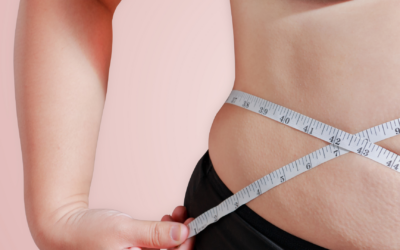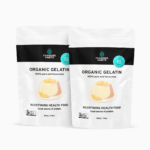Vitamin D deficiency is rising, perhaps we need more sun. Read how 20 minutes a day can give you much more the the RDI.
Cyndi O’Meara
Computer-obsessed children who spend too long indoors and over-anxious parents who slap on excessive sunscreen are contributing to a sharp rise in cases of the bone disease rickets, doctors are warning.
Vitamin D deficiency, which causes the condition, could be rectified by adding supplements to milk and other food, a research team at Newcastle University suggests.
There are several hundred cases of the preventable condition among children in the UK every year, according to a clinical review paper in the British Medical Journal by Professor Simon Pearce and Dr Tim Cheetham.
“More than 50% of the adult population [in the UK] have insufficient levels of vitamin D and 16% have severe deficiency during winter and spring,” they say. “The highest rates are in Scotland, Northern Ireland and northern England. People with pigmented skin are at high risk as are the elderly, obese individuals and those with malabsorption.”
Most vitamin D is synthesised in the body by absorption of sunlight. Some comes from foods such as fish oil. People with darker skins need more sunlight to top up their vitamin D levels.
One of the main reasons for the reappearance of rickets – once considered a disease of the industrial poor in 19th-century cities – is the changing ethnic makeup of the population, Pearce explained.
The most commonly affected are people of Asian or African descent who live in northern cities. He has examined cases among young Somali speakers who live in east Newcastle. But changing lifestyles are also contributing to lowering vitamin D levels in the general population.
“Some people are taking the safe sun message too far,” Pearce said. “It’s good to have 20 to 30 minutes of exposure to the sun two to three times a week, after which you can put on a hat or sunscreen.
“Vitamin D levels in parts of the population are precarious. The average worker nowadays is in a call centre, not out in the field. People tend to stay at home rather than going outside to kick a ball around. They stay at home on computer games.”
Pearce has written to the Department of Health proposing that vitamin D is added to milk. It is already added as a supplement to artificial baby milk. He has also asked the Royal College of Paediatrics to record cases of rickets but said figures were not being collected.
“A more robust approach to statutory food supplementation with vitamin D (for example in milk) is needed in the UK,” the paper concludes.
Meanwhile, figures obtained by the Tories show the number of patients leaving hospital with malnutrition has hit record levels in the last year. Those affected are primarily elderly people. The NHS figures show that last year 175,000 people were malnourished on entry to hospital but nearly 185,500 were in a similar condition on discharge, meaning more than 10,000 patients were more malnourished after medical treatment.
Source: Owen Bowcott in guardian.co.uk, 22 January 2010, http://www.guardian.co.uk/society/2010/jan/22/sharp-rise-vitamin-a-deficiency







0 Comments